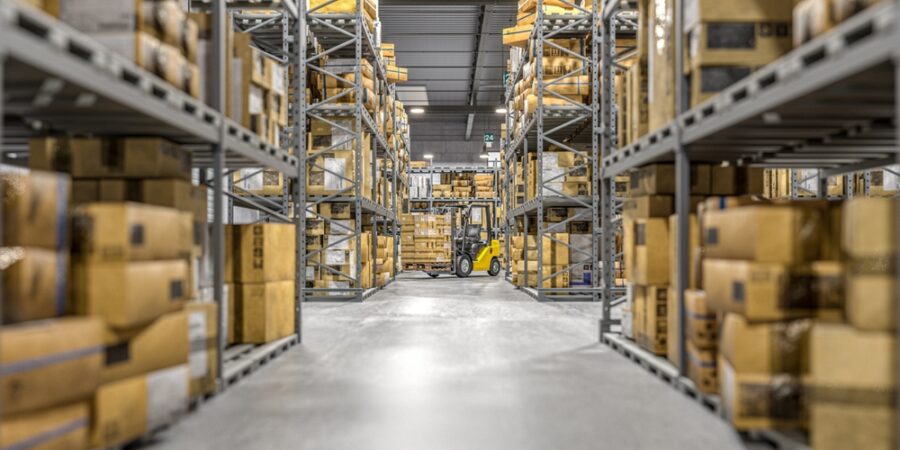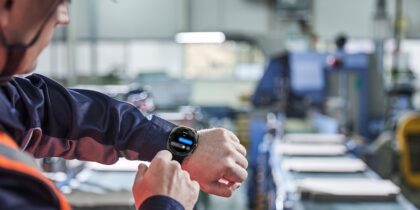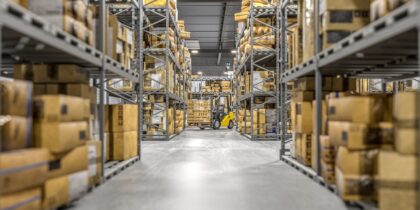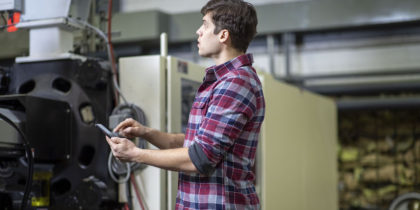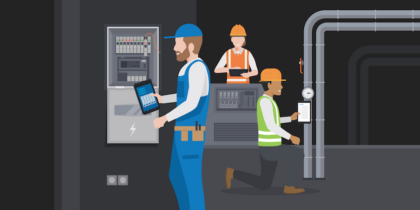Retail supply chains used to run on trust. The retailer placed an order and a supplier handled the rest, from sourcing and manufacturing all the way to packaging and delivery. But in an age of seemingly permanent volatility, that model is breaking down—and some retailers are deciding it’s time to take matters into their own hands.
With thinning margins, rising costs and supply chains still in flux, retailers are operating in a state of constant change. As one retail exec recently said, “We haven’t seen this level of uncertainty in our industry since Covid.” In fact, McKinsey reports that 90% of organizations faced major supply chain disruptions in the past year. In response, many retailers are starting to manage outsourced production on their own. They’re setting specs, overseeing quality, coordinating timelines and handling logistics end-to-end.
According to a recent Capgemini report:
- 63% of business leaders plan to increase investment in supply chain systems in 2025
- Nearly 60% are expanding data sharing with suppliers to boost visibility and coordination
That control brings complexity, however. Retailers aren’t just placing orders—they’re now managing the logistics and production process themselves.
Behemoths with large portfolios of private-label goods–think Walmart and Amazon–have long worked directly with manufacturers to source their inventory more efficiently. According to a recent Marketplace report, Home Depot is exploring similar strategies to bypass legacy supplier models and streamline costs.
But what started as a strategy for retail giants is now trickling down to mid-sized and even boutique retailers looking to shield margins and boost resilience. Success will depend on having the right tech infrastructure in place from day one.
The right tech drives measurable results
IoT sensors, automation platforms and AI-powered quality control are becoming critical tools for retailers taking a more hands-on approach to the production process.
Embedded sensors in factory equipment (or shipping containers and trucks) can track production status, temperature or location in real time. Automation helps orchestrate production timelines and inspection workflows. And AI can flag anomalies or defects faster and more effectively than manual checks.
Implementing these solutions is the first step on a retailer’s road to becoming a manufacturer. With integrated mobility, real-time monitoring and workflow automation, retailers can track quality, coordinate timelines and respond quickly–without the obligation of owning the factory floor. The result is greater visibility, faster decision-making, and tighter control across the entire production lifecycle.
Don’t believe the hype? According to McKinsey, deploying AI tools in distribution ops can:
- Reduce inventory levels by 20-30%
- Cut logistics costs by 5-20%
- Reduce spending on procurement by 5-15%
Another study found that AI-powered supply chain visibility and logistics-tool early adoption lowered costs by 15% and improved service efficiency by 65%.
It’s smart for retailers to get more involved in the production process; it’s smarter still to streamline it all with technology. By reducing complications—not to mention costs—the retailers of today can become the manufacturers of tomorrow.
Ready to manage production with precision? Retailers can now operate as though they own the factory, but without the fixed costs. If you’re overseeing outsourced production, or thinking about it, see how Samsung IoT and automation solutions can help.
